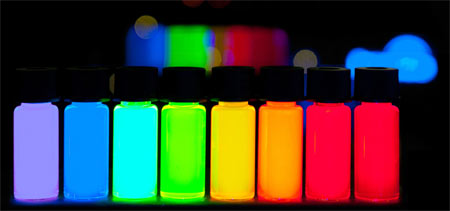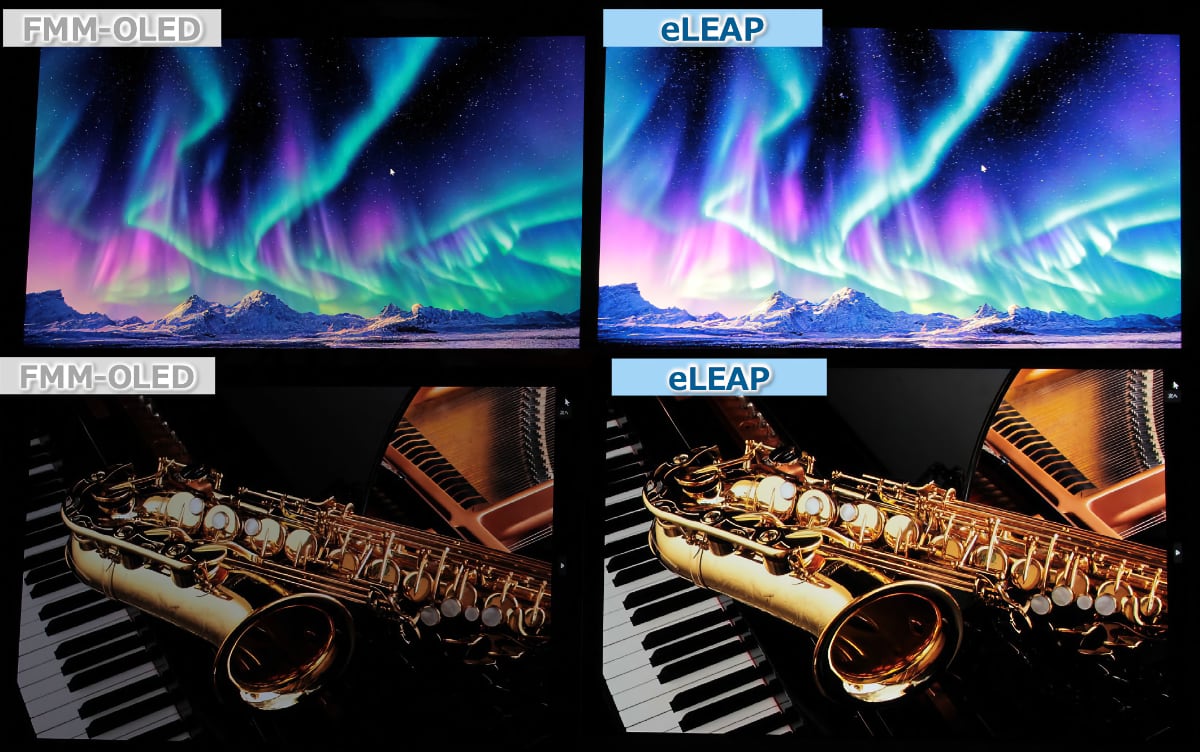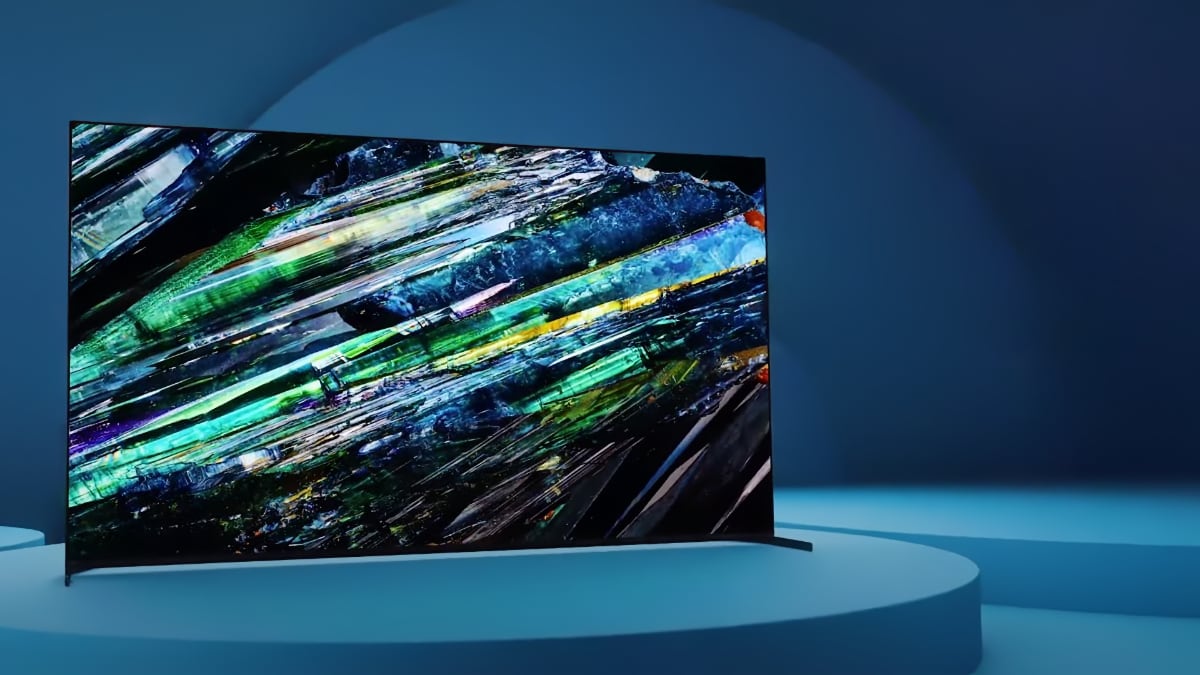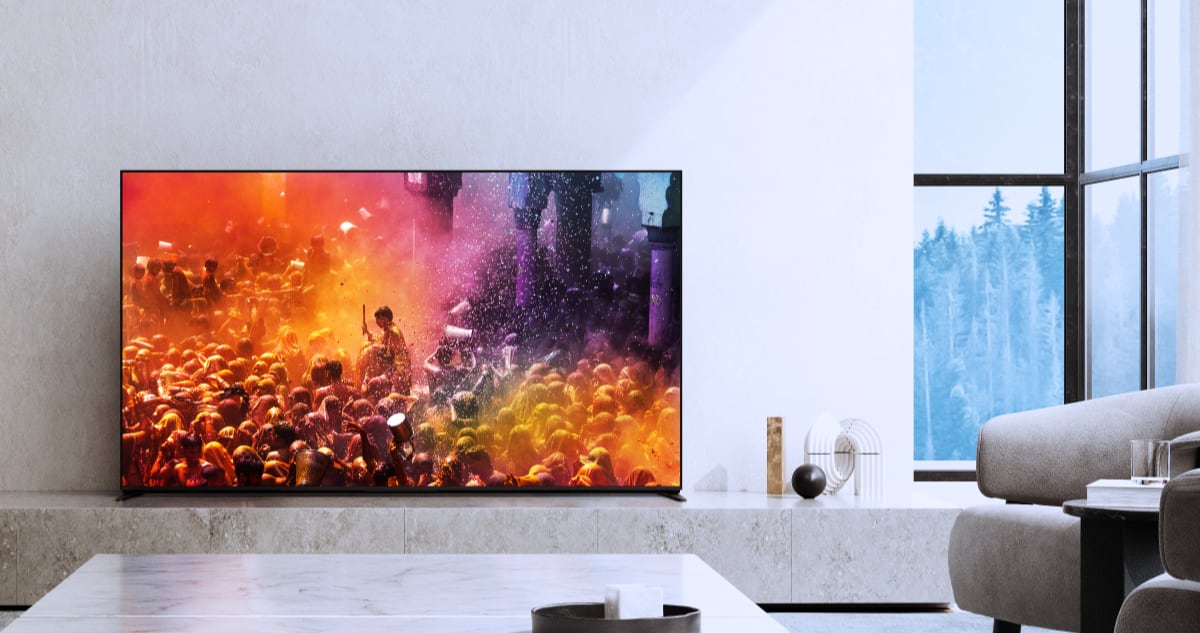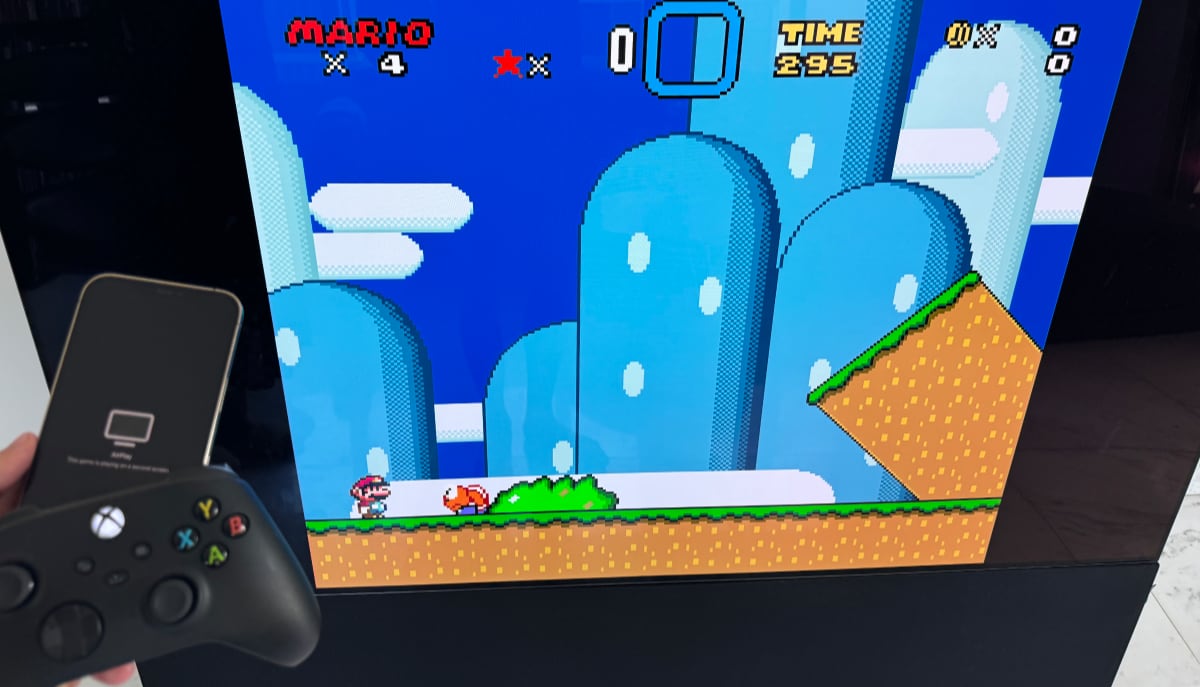Apple is exploring how to combine OLED display technology with quantum dots to produce "high efficiency displays" that are brighter, more colorful, and more energy-efficient, according to patent discovered by AppleInsider.
OLED + quantum dots
Quantum dot technology is perhaps best known for its use in LCD display panels. TV manufacturers such as Sony and Samsung are using the nano-sized particles to expand the color gamut of LCD TV panels.
However, quantum dots can be combined with other types of displays, too. Apple has proposed combining QD-LED (quantum dot LEDs) and OLED in the display’s pixel stack, effectively combining the strengths of the two technologies.
- “Displays including hybrid pixels including an OLED subpixel and QD-LED subpixel are described. In an embodiment, OLED and QD-LED stacks are integrated into the same pixel with multiple common layers shared by the OLED and QD-LED stacks,” the patent read.
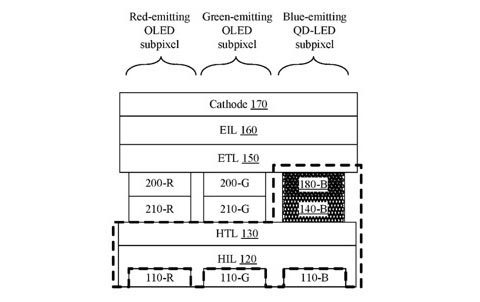
The patent application suggests that by combining the two it would be possible to produce “high-efficiency displays”, meaning displays that can become brighter but consume less energy than the screens used today. This is one of the major challenges related to using mobile devices outdoors as well as in the transition to HDR (High Dynamic Range).
Theoretically, the combination could also significantly expand the color gamut of the display. The industry has proposed the extremely wide Rec.2020 color gamut but today’s high-end displays are typically limited to the more narrow DCI-P3 color space. The industry believes that Rec.2020 can be achieved in a display by year 2020 – hence the name.
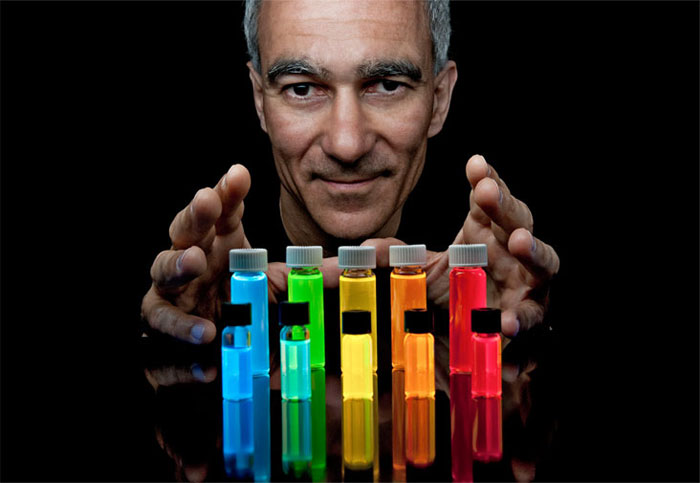
Moving beyond LCD technology
The patent application was filed by Apple Inc. in early 2016 entitled "Quantum Dot LED and OLED Integration for High Efficiency Displays".
The application has Jonathan Steckel, co-founder of QD Vision Inc., listed as one of the inventors. Steckel worked for QD Vision for over 8 years before he moved to Apple in August 2014. QD Vision was acquired by Samsung in 2016.
- “State of the art displays for phones, tablets, computers and televisions utilize glass substrates with thin-film transistors (TFT) to control transmission of backlight through pixels based on liquid crystals. More recently emissive displays such as those based on organic light emitting diodes (OLED) have been introduced because they can have a faster response time, and be more power efficient, allowing each pixel to be turned off completely when displaying black or dark colors, and be compatible with plastic substrates,” Apple wrote and added: “Even more recently, quantum dot light emitting diodes (QD-LEDs) have been introduced as an alternative display technology, potentially being more power efficient that OLEDs.”
Researchers have also proposed using quantum dots in other types of displays, including microLED. Nanosys – one of Samsung’s partners – has talked openly about the path to “electroluminescent QD displays” that can emit light directly without having to rely on LED or OLED. Current “QLED TVs” on the market are souped-up LCD TVs, typically with a quantum dot layer between the LED backlight and LCD panel.
It should be stressed that this is just a patent application and it could take several years to commercialize for any company but it reveals how quantum dot technology can improve the displays that we use every day.
- Source: USPTO, AppleInsider

